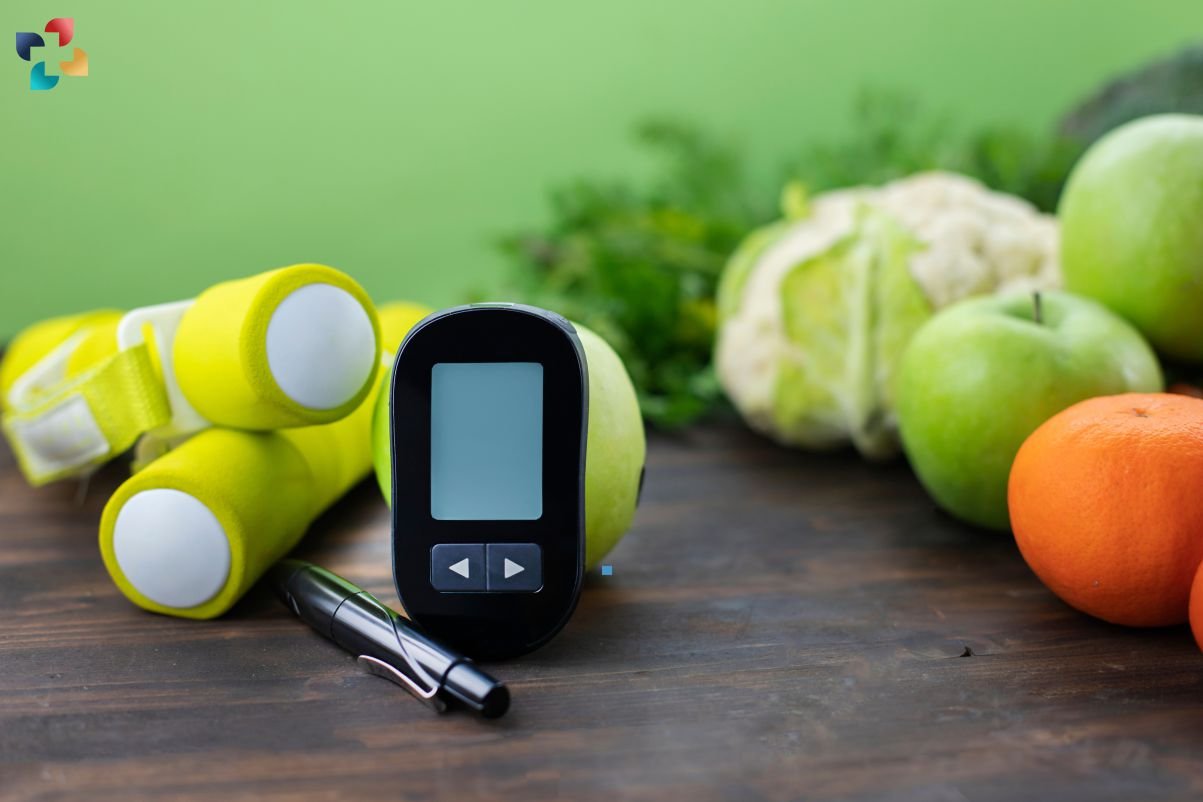Maintaining a balanced blood sugar level is vital for preventing long-term health issues. Having continuous high blood sugar levels can cause conditions like diabetes, which can raise the risk of serious complications such as heart disease, nerve damage, and kidney problems. But, can you avoid these health issues? Luckily, there is a solution to these problems.
You can self-measure your blood sugar levels with the help of a blood sugar monitor.
There are many blood sugar monitoring devices available in the market today. Gone are the days when you had to visit a hospital or laboratory to check your blood. Now, you can easily self-measure your blood sugar levels at home. Many brands have developed a variety of innovative devices and monitors that you can use to self-monitor your sugar. Keep reading the article to find out more about diabetes and the devices that you can use to monitor the glucose level in your blood.
Hyperglycemia and Hypoglycemia
A high or low blood sugar level can cause various long-term or short-term health issues. Healthcare and science can help us prevent these health issues. A low sugar level is called hypoglycemia. Likewise, a high blood sugar level is called hyperglycemia.
The most common symptoms of hyperglycemia are:
- Feeling sick
- Intense thirst
- Quick unexplained weight loss
- Increased urination
- Tiredness and fatigue
- Fainting
- Blurred Vision
- Vomiting
Each of the symptoms may vary from person to person.
How does our blood sugar level affect us?
Maintaining the blood sugar level in our bodies is vital for several reasons. The sugar in our body produces energy and helps the body stay active and alert throughout the day. The sugar in our body, especially the glucose, is the root of energy for our cells. Secondly, stable blood sugar levels ensure that our body works well.
Healthy blood sugar levels
Various medical organizations and healthcare authorities establish the recommended blood sugar levels. These guidelines are derived from the history of patients and provide medical evidence after thorough research. Healthcare professionals, including endocrinologists, depend on these blood sugar levels and provide health treatment accordingly.
The American Diabetes Association (ADA) suggests the following blood sugar levels:
| Levels (Fasting Plasma Glucose) | Result |
| 126 mg/dL or higher | Diabetes |
| 100 – 125 mg/dL | Prediabetes |
| Less than 100 mg/dL | Normal |
A constant high blood sugar can lead a person to diabetes. Multiple reasons can cause this. Some factors like genetics, obesity, lack of physical activities, age, and unhealthy diet play important roles here.
If you have diabetes, measuring your blood sugar levels and taking necessary precautions is essential. Diet management, medication, monitoring sugar levels, and lifestyle changes can help you keep diabetes under control and live a long and healthy life.
With the advancement of technology, you can easily self-measure your blood sugar levels now. Depending upon the method with which you want to measure your blood sugar levels, here are a few recommendations from us:

Blood glucose meter—
A blood glucose meter is a device that uses a drop of blood to check the glucose in your blood. The sugar level is measured by placing a drop of blood on a special stick known as the test strip. You can then use the meter to check the sugar levels in your blood. Some of the popular blood glucose meters are:
- Accu-chek guide: Accu-check is known for its precision testing and user simplicity. It is known for various features like its spill-resistant test strip vial and Bluetooth connectivity that make data management easy.
- OneTouch Verio Flex: The OneTouch Verio Flex offers a unique color-coded result that makes interpretation easy.
- Contour Next One: The Counter Next One is a reliable blood glucose meter that you can use to self-monitor your sugar levels. Its simplicity and features, like the second-chance sampling and smart-light technology, make monitoring glucose easy for users.
Noninvasive Blood sugar monitors:
Pricking a finger regularly to measure your blood sugar levels can become painful with time. If you need to test your blood sugar at regular levels, you can opt for machines that do not require blood to test your sugar. A range of devices are available in the market that do not use a blood sample to check the glucose level in your blood. Some devices use infrared lights, low-level electricity, saliva, or tears to measure your blood sugar. Some of these devices are:
1. Everense
Eversense in a subcutaneous implant developed by Senseonics and distributed by Ascensia Diabetes Care. It is a device installed under the skin into the subcutaneous tissues. Eversense can monitor your blood glucose level continuously. It lasts up to three months under your skin. You will need to replace this device after its term is over. You can also opt for a 6-month variant of the monitor.
2. GlucoTrack
GlucoTrack is a device that can measure your blood sugar levels. It uses advanced technology involving a combination of ultrasonic, electromagnetic, and thermal waves. The device is the product of Integrity Applications, a U.S.-Israeli-based company. It provides readouts by clipping the monitor to the ear. The device is generally prescribed to adults suffering from type 2 diabetes.
3. D-Base
D-Base is a unique device that uses the heat and light mechanism to measure your blood sugar levels. It is a shoe-box-sized blood sugar monitor that radiates a beaming infrared laser. The glucose in the skin converts the light of the laser to heat. The heat is further measured to monitor the blood sugar level in the body.
4. SugarBEAT
SugarBEAT is a replaceable skin patch that helps you monitor your blood sugar level without spilling a single drop of blood. It is the innovation of a U.K. biotech, Nemaura Medical, for pre-diabetic, type 1, and type 2 diabetes patients. The device is attached to a rechargeable transmitter that sends the data to the user’s phone app after every 5 minutes.
There are various glucose meters available in the market. You can choose an appropriate blood glucose after considering the following factors:
1. Insurance Coverage
You can consult your insurance provider to understand the monetary coverage of the insurance before purchasing any glucose meter. Some insurers limit their coverage to specific models. They can also restrict the number of test strips covered under your insurance.
2. Cost
Prices for different glucose meters vary. Consider the cost of test strips if you choose a blood glucose meter. They constitute the majority of your long-term expenses.
3. Ease of Use
All meters differ in user-friendliness. It is vital to evaluate if the meter and test strips are comfortable to hold, if the screen displays the numbers clearly. Ensure that the process of obtaining the blood for testing is easy. Also, testing the precision and speed of the test is essential.
4. Special Features
You can inquire about the different features that various blood glucose machines provide. These features must cater to your specific needs, such as large buttons and test strips, illuminated screens, or audio for those with impaired vision.
5. Information Storage and Retrieval
It is essential to assess- how the meter stores your previous test’s data. Some meters track the test’s time, date, results, and trends on a mobile app. Others offer real-time data sharing with healthcare providers via smartphone apps. Some devices provide the feature to download historical data that can be shared with your doctor.
6. Support
Most meter manufacturers provide a toll-free support number that you can contact in case of an emergency.
Which measuring device should you use?
Healthcare sciences and technology have made huge advancements in the past few years. There is a range of monitors available in the market now. Each of these machines has its pros and cons that might appeal to you.
You should choose a blood sugar measuring device that meets your conditions, and your unique requirements. You must ensure that this monitor is also supported by your insurance scheme. Do not rush to purchase this machine. Make sure to check out all the features first.
Lastly, choose the device that appeals to you the most.







